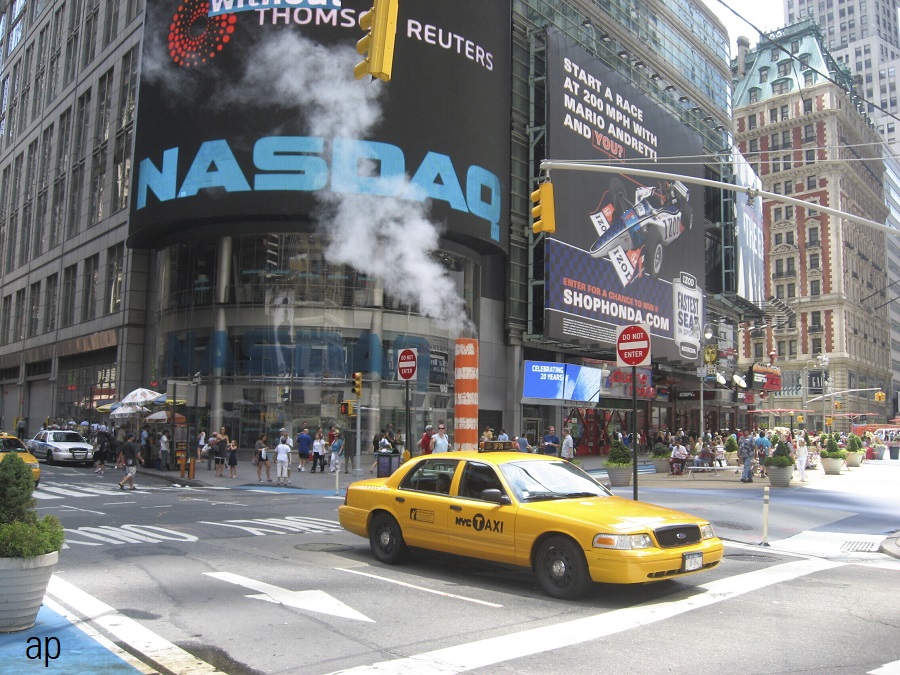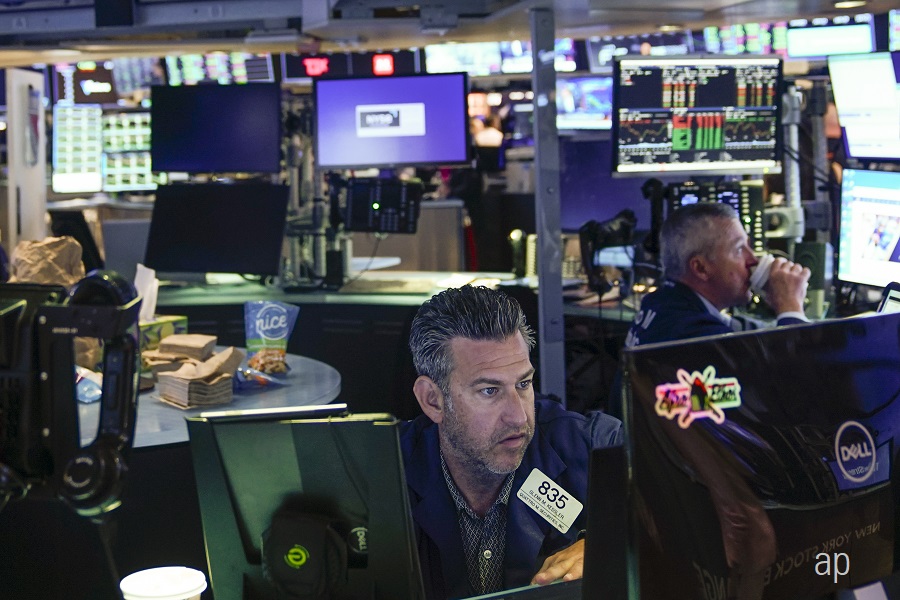The 2021 winners of the annual Morningstar Fund Awards–Hong Kong have been announced.
The awards recognise the best of the Hong Kong fund management profession, with winners selected by the Morningstar team.
The winner of the Best Hong Kong Equity Fund is Manulife GF Dragon Growth AA HKD, managed by Kai Kong Chay. In 2020, the fund returned 41.69%, compared with a category average of 29.62%.
We spoke to the winning manager and asked him about the strategy. Here is an edited excerpt:
Question: How was the portfolio positioned to navigate the coronavirus-driven market volatility in 2020? Were there any particular holding(s) or theme(s) that drove the fund’s performance for the year?
Answer: During the year, there were a confluence of events starting with Sino-US trade tension, pandemic lockdown, and oil-price crash that led to pressure in the overall markets and the portfolio. Our investment team’s focus was to determine whether the individual holdings of the portfolio would face any long-term adverse impacts from a bottom-up perspective or if there are better alternatives coming from market sell-offs. Our investment team had to make sure that our fundamental research is strong enough to withstand the unexpected market volatility.
When there are big bouts of volatility, such as what we were seeing in the first half of 2020, we stick to our bottom-up-driven fundamental research to isolate market noise. We hold our belief that our key investment themes, namely consumption upgrade, R&D / Innovation, and policy-driven opportunities, would not change but accelerate in the post-COVID environment. For our high-conviction ideas, we made use of indiscriminate sell-off during market set-back to accumulate quality holdings with visible growth from a bottom-up perspective.
On one hand, amid the pandemic lockdown situation where physical economic activities and global travel came to a halt, the portfolio allocated a greater portion to domestic-driven consumption, especially in e-commerce, online education, and property management, etc. We believe these structural changes in consumer behaviour will not be reversed even when the overall situation normalizes. We thus added to our conviction ideas that will ride on a more digitalized consumption upgrade trend and surface to be emerging winners. On the other hand, as concerns over Sino-US tech matters continue to increase, we remain focused on the companies that are befitting from a more self-reliant economy. We increased the weight in biotech, medical devices and equipment, and domestic semiconductor supply chain that will not only see growing demand but also enjoy policy tailwind.
The above actions had enabled the fund to deliver a stronger rebound when the market recovered from panic sell-off.
Question: Against the backdrop of (i) the vaccine rollout, (ii) a new US administration, and (iii) ongoing monetary easing globally, what is your outlook for 2021, and how are you expressing these views in your portfolio?
Answer: Although COVID-vaccines are gradually available globally, the reopening of economies and resumption of activities in major economies still largely depends on the pace of vaccination rollout, and the roadmap is still uncertain. On the contrary, the economic activity levels in China have already been largely back to prepandemic levels and fundamentals remain robust. In this regard, we believe the earnings visibility for Chinese corporates in the near term are higher.
In terms of geopolitics, throughout 2020, US-China tensions lingered in the background. With a Biden administration, we believe that the relationship between the two countries could remain under pressure. As such, we will adopt a wait-and-see approach in order to assess how the situation develops. In any case, we believe that the impact on Chinese equities should be well-contained and supported by earnings growth estimates in 2021. We are seeing consensus estimates for 2021 EPS growth revised up further on positive revision on technology and industrial companies over stronger than capex outlook on stronger exports.
Furthermore, China has already mapped out a pre-emptive response with its 14th five-year plan (2021–2025). The emphasis is now on growth through a “dual circulation” strategy led by “internal circulation” – in other words, moving toward a self-sufficient economy supported by home-grown innovation and domestic consumption. “External circulation”, as a supplementary driver, should extract China’s growth potential via allowing the domestic and foreign markets to lift one another. When combined, these factors make it probable that China’s growth can continue to show a clear and positive differential compared to the rest of the world. The nature of the postpandemic economy, although still fluid, is likely to amplify this gap.
While heightened volatilities are seen across the global equities market with the surging US rates and reflationary trade, we see China going through a different stage. In contrast to major economies where fiscal and monetary easing are still in play, China has been orderly phasing out the extra liquidity injected to the market during the pandemic last year. During the Two Sessions held in early March, China has set its GDP growth target to be above 6% to continue its growth trajectory. We believe China has more tools, be it monetary or fiscal, to bind growth if necessary.
We continue to focus on our key investment themes, namely consumption upgrade, R&D / Innovation, and policy-driven opportunities. Our portfolio is currently positioned to capture cyclical recovery names that are likely to benefit from the vaccine rollout and are trading at undemanding valuations. We also focus on growth stocks with niche positioning, and those have catalysts in the near term where we can continue to expect earnings upside.
Question: What are the top risk factors that could have an impact on your portfolio, and how are you positioned to mitigate these potential risks?
Answer: At this juncture, the development of pandemic situation globally and any further waves of outbreak remain as the biggest risk of global economy. Having said that, seeing that China has been able to implement sharp and effective controls since the very beginning of pandemic, we believe further impact to the domestic economy shall be manageable and well-contained.
Currently, consumption upgrade and innovation are the two dominant themes in our portfolio. From stay-at-home beneficiaries to domestic travels, from biotech innovation to sustainability initiatives, we see plenty of opportunities in the broad and deep investment universe among China and Hong Kong equities. Essentially, we adopt an “All China” approach to capture secular growth from a holistic manner. Our portfolio consists of high-conviction ideas that have growth drivers from multiple domains and valuation upside. At the same time, from a risk management perspective, we ensure our portfolio is well diversified across investment themes, sectors, and share type exposures in order to sail through style rotation and risk-off episodes if that happens.
Question: How is your investment team organised? Have there been any changes to the investment team or structure over the past year? Do you anticipate adding to the team in the near future?
Answer: Manulife Investment Management has extensive Asian footprints across 11 markets with over 80 equity investment professionals in the region. The investment team strongly believes that our local presence and extensive research network is our competitive strength.
Specific to our Greater China equity capabilities, Manulife Investment Management has over 40 dedicated equity investment professionals based in Hong Kong, Taiwan, as well as Beijing via our China joint-venture Manulife TEDA Fund Management Company (“Manulife TEDA”). Manulife TEDA provides extensive on-the-ground industry research coverage and government policy analysis. These truly interconnected teams feed local market expertise into the regional and global teams. In addition, our entire equity team adopts the same consistent investment framework. All investment professionals speak the same ‘investment’ language, which is the GCMV (growth, cash generation, management, valuation) investment framework. Our Greater China lead portfolio manager is further supported by our Asia Pacific equities teams based in Hong Kong.
Our investment team has been very stable, and there was no change to the team structure over the past year.
Question: Where do you feel that the investment team or the investment process can be improved upon in the future?
Answer: We believe our investment process driven by fundamental research using a consistent investment framework is repeatable and time-tested. Meanwhile, we work towards fully embedding ESG [environmental, social, and governance] analysis into our investment process in terms of proprietary research. ESG integration can be a complex process for Greater China equities, and the landscape is rapidly changing. While drivers do exist and steady progress is being made, the picture is still being clouded by mixed data and patchy disclosure. In this environment, our active management approach and proprietary research enable us to navigate these changes and offer a better qualitative ESG opinion as part of fundamental due diligence, especially in the mid- and small-cap space.
The investment team leverages on our in-house specialists in Singapore and Hong Kong to engage directly with portfolio candidates or holdings in Greater China equities on ESG topics. Every quarter, our ESG analysts highlight the key risks and opportunities with the portfolio managers. Our proprietary research framework incorporates ESG elements, including third-party ESG scores and metrics. We also have ESG handbooks that represent our house views on the materiality of certain ESG issues in specific industries. This helps our analysts go beyond the third-party ratings and form their own views. Over the past two years, we have regularly engaged with many businesses that have significant operations in China on ESG issues. This includes on-site company visits in Beijing, Shanghai, and Shenzhen. The ESG topics being discussed widely include climate change, green buildings, water stress, cybersecurity, and board diversity. We therefore strongly believe ESG engagements are not only fact-finding exercises but can also add value to the portfolio holdings.






.png)
:quality(80)/cloudfront-us-east-1.images.arcpublishing.com/morningstar/EWMG3XJM2RA4ZLC5J5M6SSVVZA.jpg)
:quality(80)/cloudfront-us-east-1.images.arcpublishing.com/morningstar/FGC25JIKZ5EATCXF265D56SZTE.jpg)












